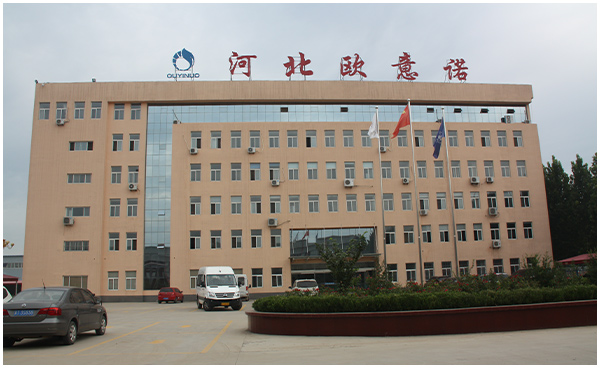
Dec . 06, 2024 06:02
Back to list
محطة توزيع الغاز الطبيعي
The Importance of Natural Gas Distribution Stations
Natural gas has become a vital source of energy for many countries around the world. As a cleaner alternative to coal and oil, it is gaining popularity due to its lower emissions of carbon dioxide and other pollutants. However, the efficient distribution of this precious resource relies heavily on the functionality of natural gas distribution stations. These facilities play a crucial role in ensuring that natural gas reaches households, industrial users, and power plants efficiently and safely.
Function of Natural Gas Distribution Stations
Natural gas distribution stations are strategically located to facilitate the transfer of natural gas from high-pressure transmission pipelines to lower-pressure distribution networks. This transition is essential because natural gas is often transported over long distances under high pressure. When it reaches a distribution station, it is reduced to a more manageable pressure, making it suitable for local delivery to end-users.
These stations are equipped with various components, including pressure regulators, filters, and metering systems. Pressure regulators ensure that the gas is delivered at the correct pressure, preventing potential hazards associated with over-pressurization. Filters remove impurities that could damage pipelines and appliances, while metering systems accurately track the volume of gas being distributed, ensuring billing and consumption accuracy.
Safety Measures and Regulations
.
Additionally, many distribution stations are equipped with advanced monitoring systems that detect leaks or abnormal pressure levels in real time. These systems can trigger automatic shut-off valves to prevent further gas leakage, thereby minimizing risks to the surrounding community and environment.
محطة توزيع الغاز الطبيعي

Economic Impact
Natural gas distribution stations also contribute significantly to the economy. They create job opportunities, not only during the construction phase but also in ongoing operations and maintenance. Skilled professionals are needed for various roles, including engineering, safety management, and customer service, further driving local economies.
Moreover, the establishment and expansion of natural gas distribution networks often stimulate regional development. Communities with access to reliable natural gas supplies can attract new businesses, particularly in industries that are energy-intensive. This can lead to increased employment opportunities and economic growth for those areas.
Environmental Considerations
While natural gas is cleaner than many fossil fuels, it is still a fossil fuel, and its extraction and distribution can have environmental impacts. To address these concerns, many countries are investing in technology to enhance the efficiency of distribution stations, reduce emissions, and even explore renewable energy sources. Innovations like carbon capture and storage are being researched to further minimize the environmental footprint of natural gas distribution.
Conclusion
In summary, natural gas distribution stations are an indispensable part of modern energy infrastructure. They ensure that this essential resource is delivered safely and efficiently to homes and businesses, contributing to economic growth and providing a cleaner alternative to more polluting energy sources. As the world shifts towards sustainable energy solutions, the evolution of natural gas distribution will play a pivotal role in shaping the future of energy consumption. Continued investment in technology, safety, and environmental considerations will ensure that these stations meet the demands of a changing energy landscape.
Latest news
-
Safety Valve Spring-Loaded Design Overpressure ProtectionNewsJul.25,2025
-
Precision Voltage Regulator AC5 Accuracy Grade PerformanceNewsJul.25,2025
-
Natural Gas Pressure Regulating Skid Industrial Pipeline ApplicationsNewsJul.25,2025
-
Natural Gas Filter Stainless Steel Mesh Element DesignNewsJul.25,2025
-
Gas Pressure Regulator Valve Direct-Acting Spring-Loaded DesignNewsJul.25,2025
-
Decompression Equipment Multi-Stage Heat Exchange System DesignNewsJul.25,2025

